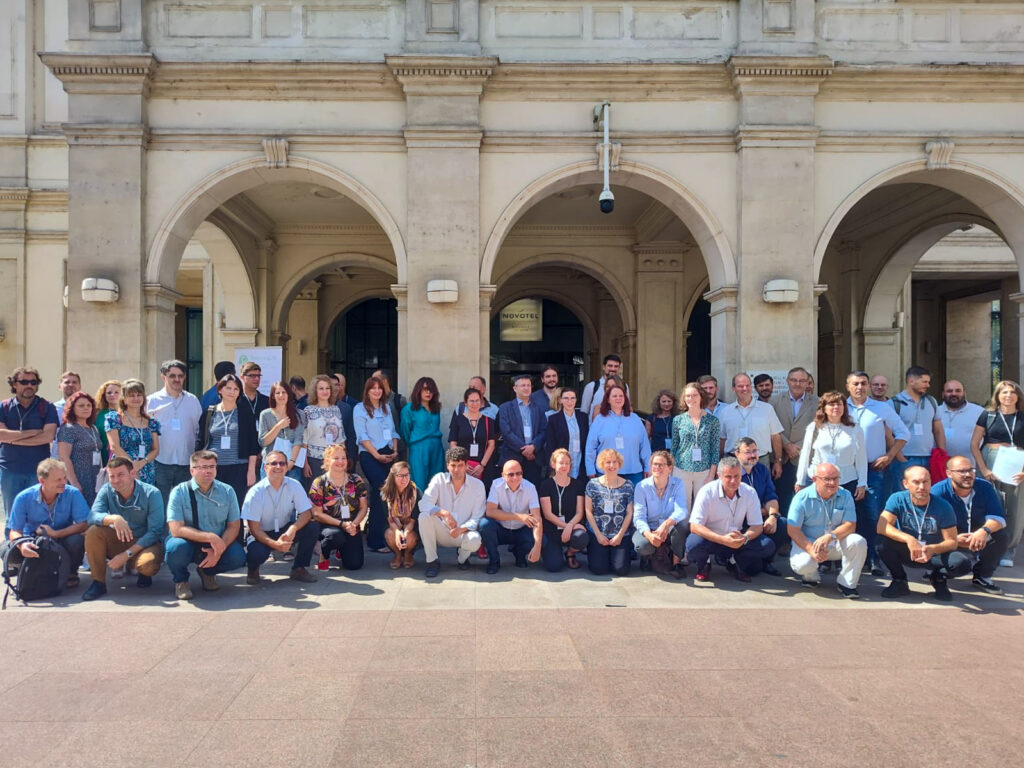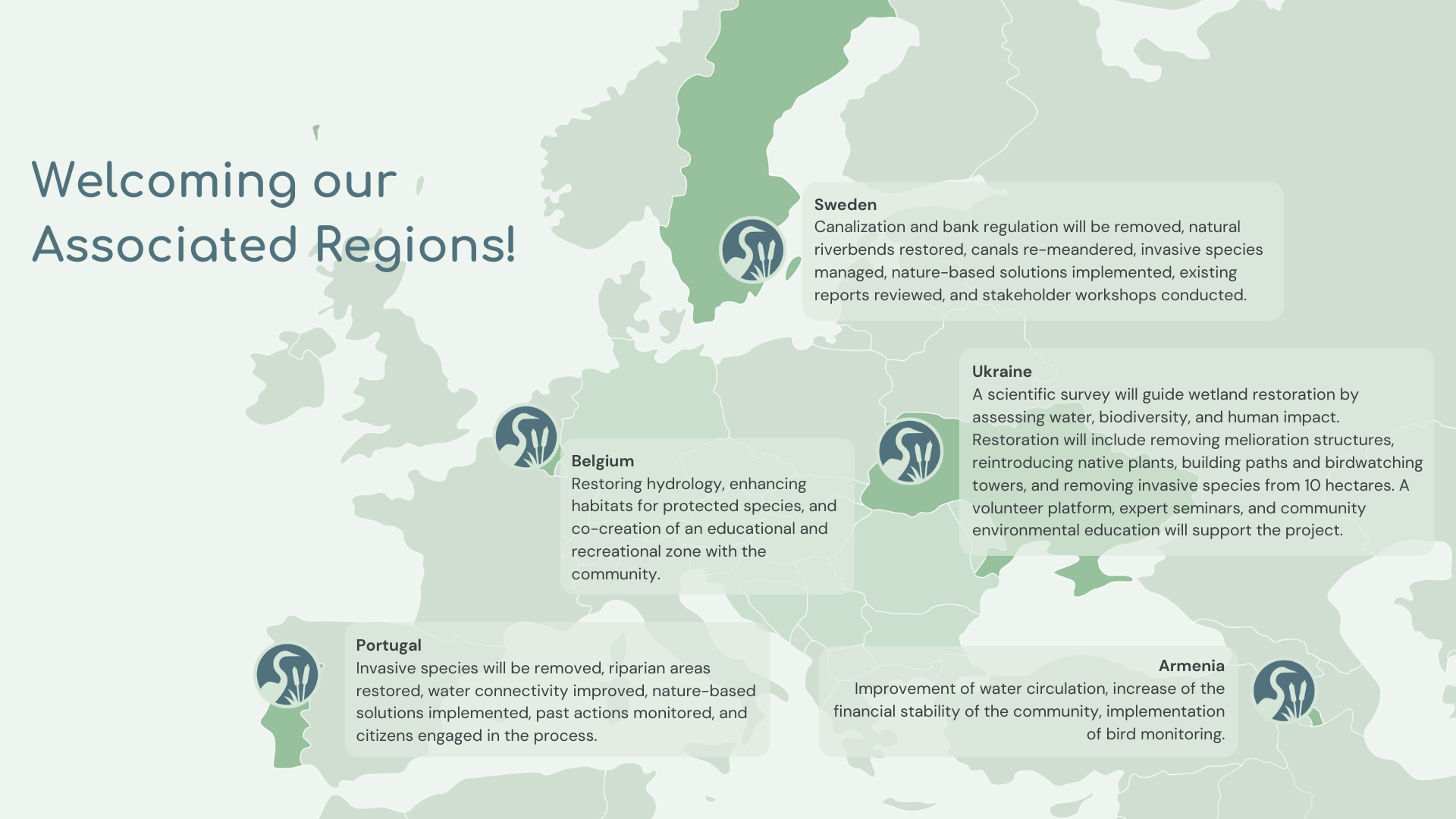From 13th until 15th September, the Restore4Life consortium traveled to Bucharest, Romania for its in-person kick off meeting!

The Restore4life project (Restoration of wetland complexes as life supporting systems in the Danube Basin) is part of the EU Mission: Restore our Ocean and Waters which aims to protect and restore the health of our ocean and waters through research and innovation, citizen engagement and blue investments.
The project will run for 48 months and is led by the University of Bucharest. The consortium consists of a total of 31 organizations including 5 local and national authorities, 21 academic and research institutions, 3 NGOs and 2 SMEs.
The event officially launched by the opening words of Prof. Dr. Marian Preda, Rector of the University of Bucharest, followed by some introductory words from Dragos Balaican from the Danube Delta National Institute for Research and Development (DDNI), representing EcoDaLLi – Coordination and Support Action of Danube Lighthouse, as well as Daniele De Bernardi, Project Officer from CINEA.
During the in-person meeting, the consortium took part in informative workshops, discussed the societal values of wetland restoration, learned more about the implementation and monitoring sites, as well as discussed future activities.
The project partners also visited Comana National Park, which is in the southern part of Romania, between Bucharest and Giurgiu. The park was established in 2004, when the Comana Pond joined the two reserves: Peony and Butcher’s Broom. Together, these three protected areas conserve important flora, fauna and avifauna. The area is currently recognized as a wetland of international interest and has been intensely studied. The park is a meeting point for many rivers, all of which flow into the Danube.
The reserve stretches over 24,963 acres divided as follows:
- 9,613 acres of forests, of which: 197 are private and 9,416 are state forests. It is expected that 500 additional acres go from the state to the private sector after the application of Act 247 of 2005;
- 1,180 acres representing the Comana Pond;
- Approximately 300 acres of humid swampy, salty areas, which flood regularly, or bodies of water;
- The remaining 193,870 acres are agricultural land, grasslands, pastures and roads.
In 2012 the area has been reconstructed and different plants have been planted, which resulted in an increase in biodiversity:
- Bird species increased from 145 species to 212;
- The number of species of fish increased from 19 to 31;
- Groundwater was raised.
As of today, Comana has applied to projects that will fund a better harvesting system regarding wetland flora and increase breeding land for birds.









